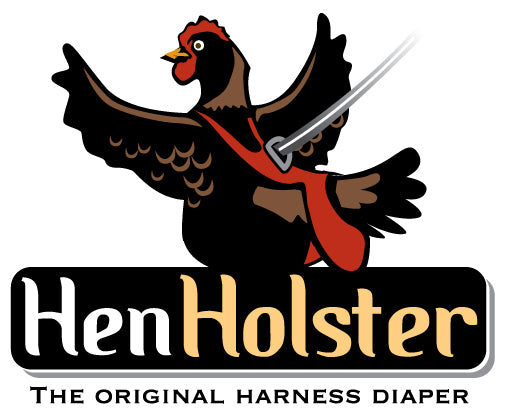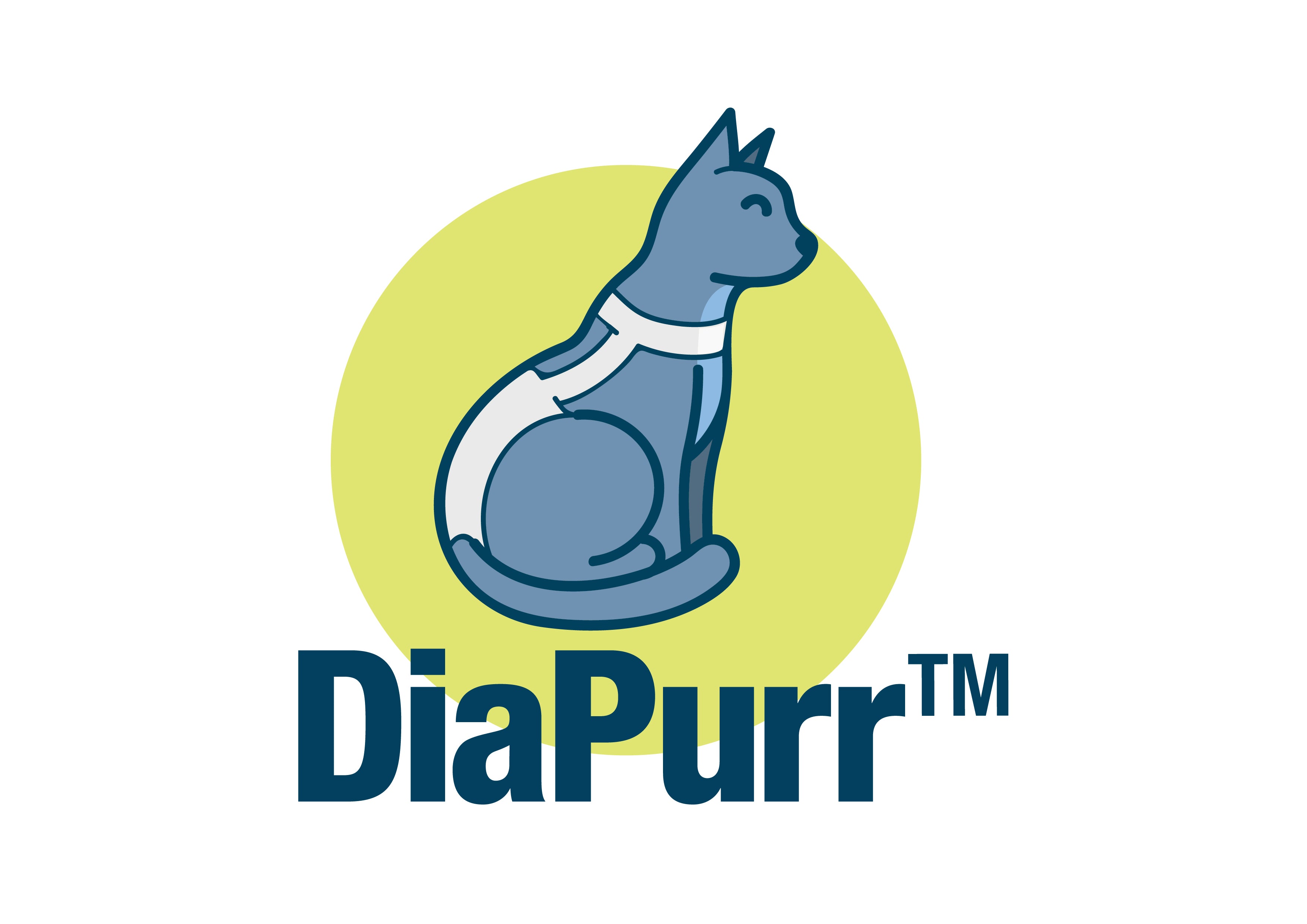Why Your Cat Might Need a Diaper: A Comprehensive Guide to Feline Health & Hygiene
The concept of a "cat diaper" might seem unconventional, even peculiar. Yet, for many dedicated cat parents, it’s a compassionate and highly practical solution to frustrating feline hygiene challenges. It promises to restore peace to your home and significantly enhance your cat’s quality of life. This comprehensive guide aims to demystify the topic, moving beyond initial skepticism to reveal the profound benefits a well-chosen cat diaper offers. We understand the stress caused by unexpected accidents, spraying, or soiled furniture. This isn't merely about managing messes; it's about proactively addressing crucial "feline health" concerns and maintaining impeccable "cat hygiene" with dignity and care.
We’ll explore the various reasons your cat might need a diaper. This includes managing age-related "cat incontinence," temporary urinary leakage post-surgery, navigating a female cat’s heat cycle, preventing unwanted marking, or aiding recovery from injuries and medical procedures. Whether your senior cat struggles with mobility or a younger one needs protection during an illness, a diaper provides crucial support. Our goal is to empower you with the knowledge to make informed, loving decisions. You’ll learn how to select the right "cat diaper," ensure a proper fit, maintain essential hygiene routines, and understand when to consult your veterinarian. Transform frustrations into manageable, compassionate solutions for a happier, healthier life together.
Key Benefits and Features
Understanding the significant advantages a `cat diaper` offers is crucial. These specialized garments are vital for managing `feline health` and ensuring optimal `cat hygiene` for your pet and your home. From medical conditions to maintaining a cleaner environment, the benefits are extensive.
* Effective Management of Cat Incontinence and Accidents: The primary benefit of a `cat diaper` is effectively managing `cat incontinence`. Whether due to age, neurological issues, or post-operative weakness, a diaper provides a reliable barrier against unwanted leaks. This prevents urine and fecal matter from soiling furniture and carpets, reducing clean-up stress and protecting your home.
* Supporting Feline Health, Recovery & Wound Care: Diapers play a critical role in `feline health`, especially for cats recovering from surgery, injuries, or managing chronic illnesses. They protect wounds from licking, preventing infection and promoting healing. For cats with mobility issues, a `cat diaper` ensures continuous `cat hygiene` by keeping them clean and dry, reducing risks like urine scald and infections. It also safeguards bandages from soiling, crucial for optimal recovery.
* Enhancing Home Cleanliness and Cat Hygiene: A clean living environment is paramount for pets and owners. By containing accidents, `cat diapers` dramatically improve home cleanliness and `cat hygiene`. They eliminate unpleasant odors, prevent permanent stains, and reduce constant sanitization. Owners can thus focus more on their cat's well-being and less on cleaning tasks, fostering a harmonious household.
* Promoting Comfort and Preventing Skin Issues: Modern `cat diapers` are designed for comfort, with soft, breathable materials and adjustable fastenings. They maintain your cat's skin integrity by keeping urine and feces away, preventing uncomfortable conditions like urine scald, dermatitis, and secondary infections. These are common concerns for cats experiencing `cat incontinence`, so this care enhances their quality of life.
* Assisting with Special Needs and Behavioral Challenges: Beyond medical needs, a `cat diaper` can temporarily address behavioral challenges. For intact female cats, it prevents messy spotting during their heat cycle. It can also manage inappropriate marking, though always with vet consultation. For cats with `cat incontinence` or limited mobility, the `cat diaper` offers a dignified way to manage their condition, keeping them a clean and integral part of the family.
Step-by-Step Guide
Navigating the world of cat diaper use can seem daunting at first, but with a structured approach, you can ensure your feline companion remains comfortable, clean, and healthy. This step-by-step guide will walk you through the process, from initial assessment to ongoing care, focusing on optimal feline health and cat hygiene.
Step 1: Confirm the Need and Consult Your Veterinarian
Before deciding on a cat diaper, it's crucial to understand why your feline friend might need one. While this guide helps with the how, a professional diagnosis is paramount for optimal feline health. Signs of cat incontinence, inappropriate urination, or post-surgical needs warrant an immediate vet visit. Your veterinarian will rule out treatable conditions and advise if a cat diaper is a suitable management tool for your cat's specific situation, ensuring you address the root cause and not just the symptom. This initial consultation is vital for establishing a baseline for good cat hygiene practices.
Step 2: Select the Right Cat Diaper
Once a cat diaper is recommended, choosing the correct type and size is essential. Diapers come in disposable and washable varieties. Consider your cat's size and weight, measuring their waist just in front of their hind legs to ensure a snug, leak-proof fit without restricting movement. Look for designs specifically made for cats, often featuring a tail hole and breathable materials to prevent skin irritation. Proper selection is key to effective cat hygiene and your pet's comfort.
Step 3: Gentle Introduction and Acclimatization
Introduce the cat diaper gradually to minimize stress. Let your cat sniff and investigate the diaper. Initially, try putting it on for very short periods (e.g., 5-10 minutes) while offering treats and positive reinforcement. Distract them with play during this time. Gradually increase the wearing duration over several days, always ending on a positive note. Patience is key; forcing the diaper can create a negative association.
Step 4: Proper Application Technique
When applying the cat diaper, ensure your cat is calm. Gently guide their tail through the tail hole first, then position the diaper snugly against their underside. Secure the tabs firmly but not too tightly around their waist. You should be able to comfortably slip two fingers under the waistband. A properly fitted cat diaper will stay in place without impeding movement or causing chafing, which is critical for maintaining good cat hygiene and preventing skin issues.
Step 5: Regular Changes and Hygiene Practices
Frequent cat diaper changes are paramount for feline health and preventing skin infections. Aim to change the diaper every 3-4 hours, or immediately if soiled. Each time you change the diaper, gently clean your cat's private areas with pet-friendly, unscented wipes or a damp cloth. Allow the skin to air dry completely before applying a fresh diaper. Monitor for any signs of redness, rash, or irritation, and consult your vet if you notice any concerns.
Step 6: Monitor for Comfort and Potential Issues
Continuously observe your cat for any signs of discomfort or issues related to the cat diaper. Watch for excessive licking, biting at the diaper, changes in gait, or reluctance to move. Regularly check the skin beneath the diaper for chafing, pressure sores, or urine scald. These observations are crucial for adapting your approach and ensuring the diaper supports, rather than detracts from, your cat's overall feline health and well-being.
Step 7: Ongoing Care and Reassessment
Using a cat diaper is often a long-term solution for cat incontinence or other ongoing needs. Regularly reassess the diaper's fit as your cat's weight or body shape may change. Maintain open communication with your veterinarian about your cat's progress and any challenges. Ensure your overall cat hygiene routine complements the diaper use, keeping their coat clean and tidy, especially around the diapered area.
Best Practices and Pro Tips
Managing cat incontinence with a diaper demands diligence, observation, and proactive feline health and cat hygiene. These tips ensure comfort, effectiveness, and minimize complications.
1. Consult Your Veterinarian First:
Always consult your vet before using a cat diaper. Cat incontinence often signals underlying medical conditions (e.g., UTIs, kidney disease). Your vet diagnoses and treats the cause, making diapers a management tool. Paramount for feline health.
2. Achieve the Perfect Fit:
Proper fit is crucial. An ill-fitting cat diaper causes discomfort and leaks. Measure your cat carefully (waist, length to tail base); ensure the tail hole allows free movement. A snug, not tight, fit provides coverage. Always use sizing guides.
3. Prioritize Impeccable Cat Hygiene:
Impeccable cat hygiene is critical. Soiled cat diapers foster bacterial growth, causing urine scald, infections, and UTIs. Change frequently (every few hours or immediately). Clean area with pet-safe wipes, dry thoroughly; consider a vet-approved barrier cream before a new diaper.
4. Introduce Gradually and Positively:
Introduce the cat diaper gradually. Let your cat sniff it, then start with short wear times (5-10 minutes) offering treats and praise. Gradually increase duration as your cat acclimates. Patience and positive reinforcement are key to reducing stress and fostering acceptance.
5. Monitor Constantly for Comfort and Skin Health:
Constantly monitor for comfort and skin health. Regularly check under the diaper for irritation, redness, or sores. Observe your cat for excessive licking or discomfort. If issues arise, remove the diaper immediately and consult your vet. Early detection prevents escalation.
6. Choose the Right Diaper Type:
Choose the right cat diaper type: disposable, reusable, male wraps, or full diapers. Disposable offer convenience; reusable are economical but need washing. Male wraps suit marking; full diapers manage significant cat incontinence. Select based on your cat's needs.
Common Mistakes to Avoid:
* Overtightening: Restricts movement, circulation, causing severe discomfort.
* Infrequent Changes: Leading cause of skin problems/infections.
* Ignoring Discomfort: Address your cat's body language promptly.
Skipping Vet Consults: Diapers manage a symptom; they don't cure cat incontinence*.
Conclusion
We've explored the myriad reasons why a cat diaper might become an invaluable tool in your feline health and cat hygiene arsenal. From managing chronic cat incontinence and aiding recovery from surgery to preventing inappropriate marking and providing support for elderly or special needs cats, the humble cat diaper stands as a testament to adaptive pet care. This guide has illuminated how integrating a cat diaper into your routine isn't about resignation, but rather an active, loving decision to enhance your cat's quality of life and maintain a harmonious home environment. It's about preserving dignity, preventing further health complications, and ensuring comfort for your cherished companion.
Don't let misconceptions or initial apprehension deter you. If your cat exhibits signs of cat incontinence, struggles with mobility, or has specific medical needs that compromise their cat hygiene, it's time to act.
Take the next crucial step: Consult with your veterinarian to thoroughly understand your cat's specific condition and discuss if a cat diaper is the right solution. Observe your cat's behavior, explore the various types of diapers available, and confidently embark on this journey. Implementing a cat diaper solution is a proactive demonstration of your commitment to their well-being, fostering a cleaner, healthier, and happier life for your beloved feline. Embrace this practical and compassionate approach; your cat deserves nothing less.









